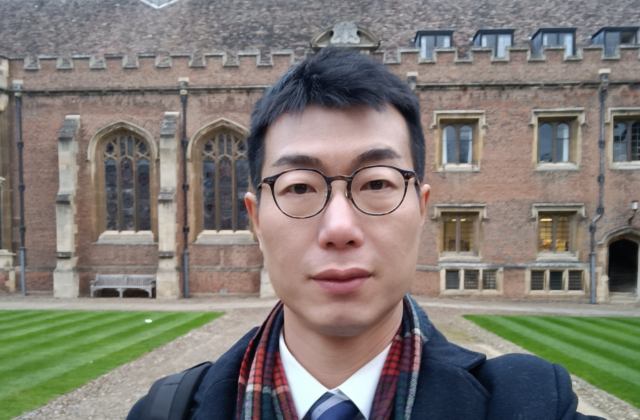Shengyu Wang
NIAS Fellow

Project title
A New Immersive Aesthetic in Late Nineteenth-Century Shanghai
Research question
In what ways does 19th-century Shanghai - the birthplace of a Chinese visual modernity - lend historical insights to the studies of virtual reality in our age?
Project description
As we experience ever greater integration between reality and cyberspace in the digital age, it is important that we look back and examine how key concepts of digital “virtuality” evolved from historical media environments with comparable traits. This research project focuses on a great variety of “marvelous realms” produced by the vibrant culture industries of Shanghai in the late 19th century; what these realms have in common is that they are all technology-mediated and can be experienced “as if” real.
Through the study of these diverse secondary worlds, Shengyu Wang seeks to give an account of how a new immersive aesthetic emerged in late 19th-century Shanghai, against the twin backdrops of the global dissemination of technologized means of reproduction and the rapid growth of urban entertainment in China. Examining texts and artifacts of diverse mediums while situating them into a larger field of culture production, this study highlights the crucial roles that technological mediation plays in the imagination of boundary-crossing between real life and immersive secondary worlds in late 19th-century Shanghai.
Selected publications
- Wang, Shengyu (2024).“Anatomy of the Superstitious Mind: Interiority and Subjectivity in Two Early Twentieth-Century Rebuttals to Liaozhai’s Records of the Strange,” Sungkyun Journal of East Asian Studies 24 (2): 57-80. DOI: 10.1215/15982661-11056759.
- Wang, Shengyu (2022). “Pu Songling’s ‘Shibian’ and Vampiric Chases in the Chinese Tradition of Strange Narratives,” T’oung Pao 108 (4): 738-77. DOI: 10.1163/15685322-10805005.
- Wang, Shengyu (2021). “Chinese Folklore for the English Public: Herbert A. Giles’ 1880 Translation of Pu Songling’s Classical Tales,” Comparative Literature 73 (4): 442-62. DOI: 10.1215/00104124-9313118.